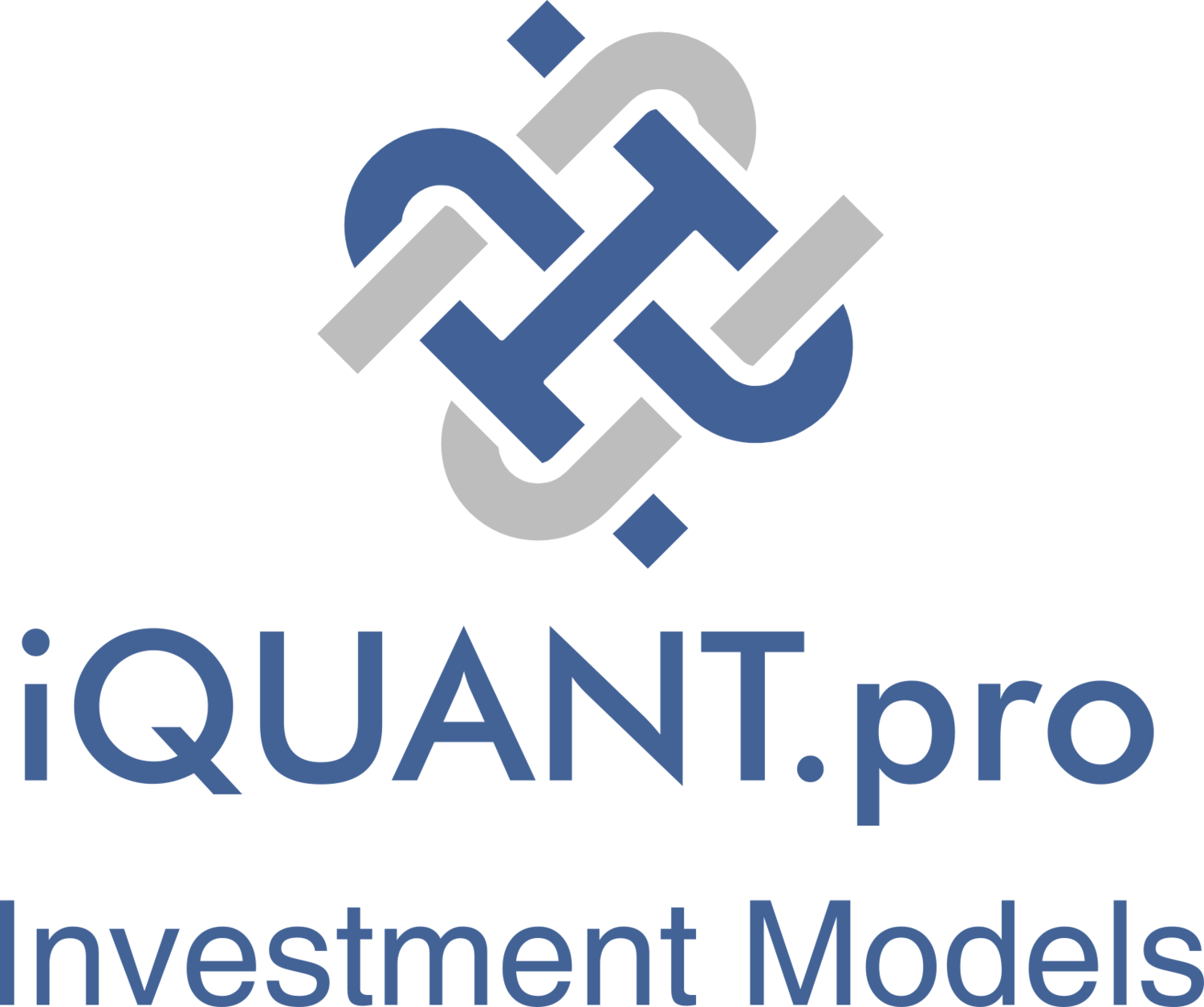All Cap High Yield Model
INVESTMENT OBJECTIVE
The iQ All-Cap High Yield Model invests in stocks of companies of all market capitalizations whose stocks pay high dividends in order to provide a high rate of dividend income with a secondary emphasis on capital appreciation.
PROCESS
The iQ All-Cap High Yield Model employs the following unemotional rules-based process:
Start with the largest 1,500 domestically-traded companies.
Select the 150 companies with the highest current dividend yield.
Sprt by plow-back ratio, share buyback, and dividend yield and select the top 50
Sort by exponential price momentum and select the top 10.
This model reconstitutes every February, May, August, and November.
The advantages of investing in high-yielding stocks of all market capitalizations
Investors frequently associate dividends with large, well-known corporations. The fact that a sizable number of small-company stocks offer alluring dividends, which not only boost an investor's total return but also act as a buffer against volatility, may surprise you. About a third of the nearly 4,200 small-cap stocks paid dividends.
Investing in high-yield stocks of all market cap sizes (small, mid, and large cap) can provide several potential benefits, including:
1. Income: High yield stocks can provide a reliable source of income for investors. This is especially important for retirees or investors looking for passive income streams.
2. Diversification: Investing in high-yield stocks of all market cap sizes can provide diversification benefits by investing in a broad range of stocks, which can help reduce portfolio risk and potentially enhance returns by tapping into the growth potential of different industries and sectors.
3. Potential for Capital Appreciation: High-yield stocks can also offer the potential for capital appreciation. Companies with strong fundamentals and consistent earnings often have higher chances of experiencing long-term stock price growth.
4. Relative Yield: High-yield stocks may offer a higher yield than other fixed-income investments such as bonds, CDs, or savings accounts. As a result, investors may find high yield stocks to be an attractive investment opportunity, particularly in a low-interest-rate environment.
5. Dividend Growth: Some high-yield companies have a history of consistently increasing their dividends over time. Investing in these companies can provide an opportunity to benefit from dividend growth, which can result in higher income and potentially higher total returns over time.
It's important to note that investing in high-yield stocks can also come with risks, such as market volatility, dividend cuts, and potential investment losses.
Please note that all cap high-yield stocks are subject to various risks, and their performance may fluctuate significantly. Investing in these stocks involves potential losses, and past performance should not be seen as a guarantee of future results. The high yield may come with increased market volatility, and investors should carefully consider their risk tolerance before investing. Additionally, the selection and performance of these stocks may be influenced by economic conditions, company-specific factors, and other market variables.
